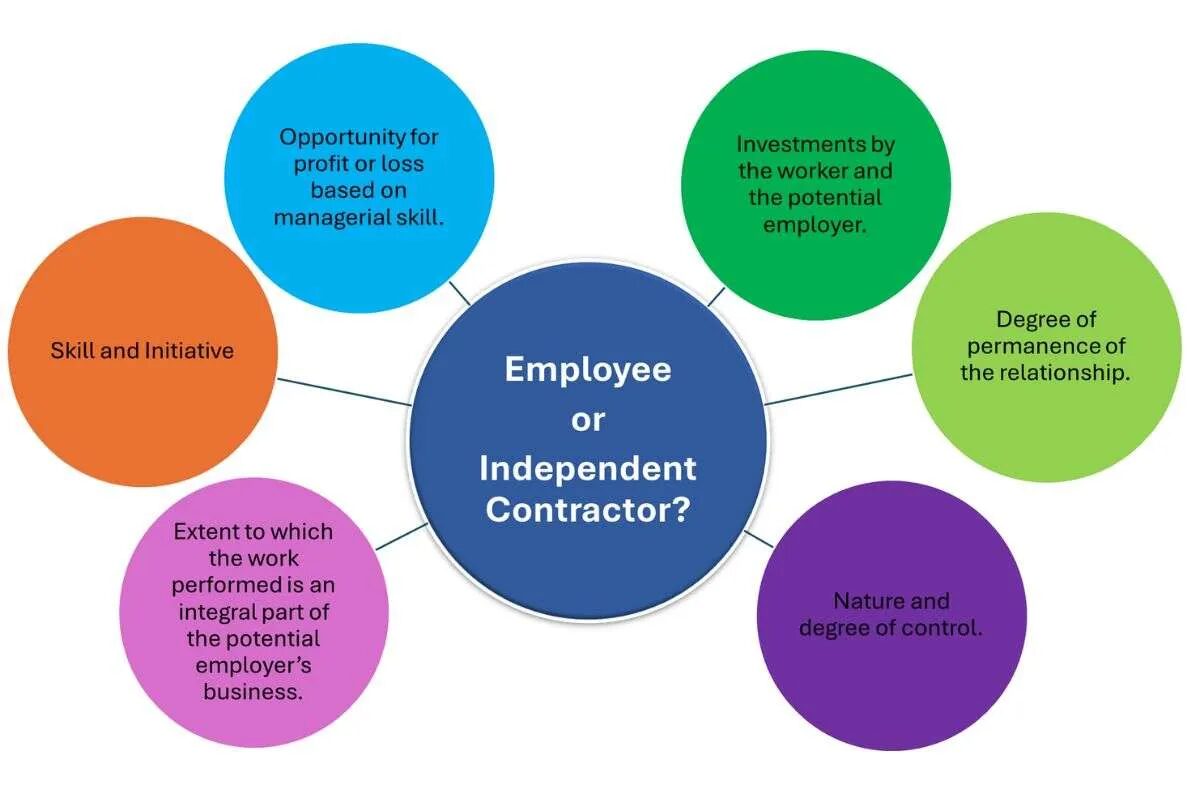What Can Providers Give to Patients, Part 5
by Elizabeth E. Hogue, Esq.
What Can Providers Give...
Recap
Providers, including marketers, are tempted to give patients and potential patients free items and services. While providers usually have good intentions, they must comply with applicable requirements.
Part 1
As Part 1 of this series indicates, there are two applicable federal statutes: the Anti-Kickback Statute (AKS) and the Civil Monetary Penalties Law (CMPL). Part 1 also makes it clear that there are a number of exceptions. If providers meet the requirements of applicable exceptions, they can give patients and potential patients free items and services that would otherwise violate applicable requirements.
Part 2
Part 3
Part 4
Care & Services
According to the OIG, providers may also give patients free preventive care items or services. The definition of remuneration under the CMPL regulations excludes incentives given to patients/potential patients to promote the delivery of preventive care services so long as the delivery of such services is not directly or indirectly related to the provision of other services reimbursed in whole or in part by the Medicare Program or other state and federal healthcare programs. Preventive services include:
- Prenatal services or postnatal well-baby visits, or specific clinical services described in the current U.S. Preventive Services Task Force’s Guide to Clinical Preventive Services
- Services that are reimbursable in whole or in part by the Medicare Program, or other federal and state care programs
Incentives
However, incentives related to preventive services may not include:
- Cash or instruments convertible to cash
- Incentives of value that are disproportionally large in relationship to the value of the preventive care services in terms of either the value of the services or the future health care costs reasonably expected to be avoided as a result of preventive care

Preventive
Any tie between provision of exempt covered preventive care services and covered services that are not preventive may, therefore, violate the CMPL and the AKS.
The OIG has stated that some free or discounted services may fit within the preventive care exception described above. These services may include free blood sugar screenings and cholesterol tests.
Anti-Kickback Exceptions
The AKS does not include an exception similar to the provisions of the CMPL described above. In commentary to Supplemental Compliance Guidance for Hospitals, however, the OIG said:
From an anti-kickback perspective, the chief concern is whether an arrangement to induce patients to obtain preventive care services is intended to induce other business payable by a Federal health program. Relevant factors in making this evaluation would include, but not be limited to: the nature and scope of the preventive care services; whether the preventive care services are tied direct or indirectly to the provision of other items or services and, if so, the nature and scope of the other services; the basis on which patients are selected to receive the free or discounted services; and whether the patient is able to afford the services.
Final Thoughts
Based upon the above, the OIG is unlikely to challenge the provision of free preventive services given to patients and potential patients, under either the CMPL or the AKS, so long as the above requirements are met.
# # #


Elizabeth Hogue is an attorney in private practice with extensive experience in health care. She represents clients across the U.S., including professional associations, managed care providers, hospitals, long-term care facilities, home health agencies, durable medical equipment companies, and hospices.
©2025 Elizabeth E. Hogue, Esq. All rights reserved.
No portion of this material may be reproduced in any form without the advance written permission of the author.
©2025 by The Rowan Report, Peoria, AZ. All rights reserved.














